Exploring the Launch and History of the Solana Blockchain
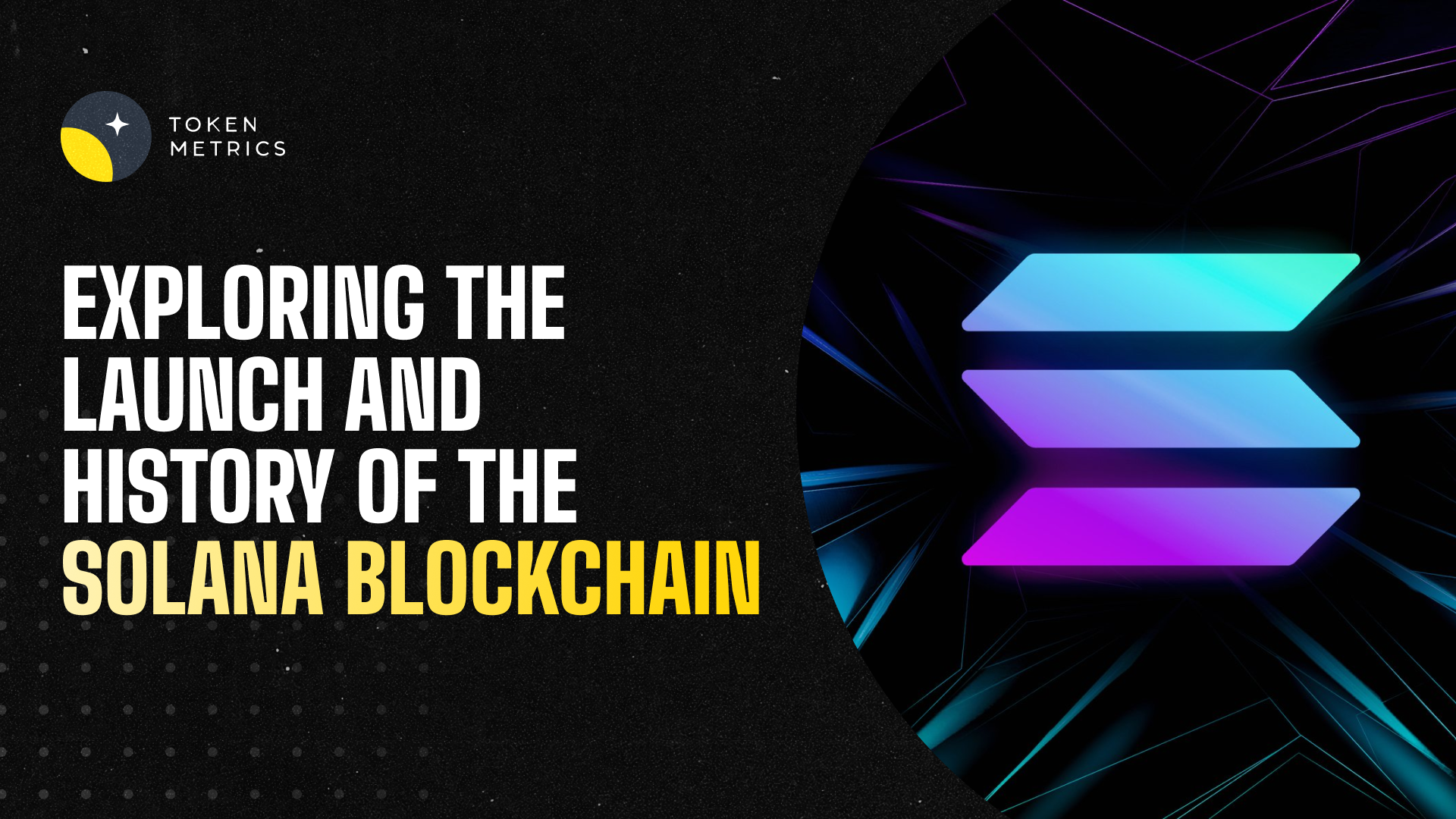
Introduction
The blockchain ecosystem has witnessed many innovative platforms since the inception of Bitcoin. Among them, Solana has emerged as a significant player known for its high-performance capabilities. Understanding when Solana was launched provides valuable insight into its development timeline and technological evolution. This article explores the launch date and historical context of the Solana blockchain, its technological foundations, and resources for further research, including analytical tools such as Token Metrics.
Overview of Solana Blockchain
Solana is a high-throughput blockchain platform designed to support decentralized applications and crypto-currencies with a strong emphasis on scalability and low transaction costs. Its architecture leverages unique consensus mechanisms and innovations in cryptographic technology that distinguish it from other platforms. These features aim to solve common blockchain challenges such as network congestion and high fees.
When Was Solana Launched?
Solana's development began several years before its mainnet launch, with foundational research conducted by its creator, Anatoly Yakovenko, starting in 2017. The project's codebase and whitepapers were gradually developed over the next couple of years. The key milestone of Solana’s live network, or mainnet beta, occurred on March 16, 2020.
This mainnet beta launch marked the transition from development and internal testing stages to a public network where users could transact, stake tokens, and deploy applications. However, it is important to note that the label “beta” indicated that the network was still under active development and subject to updates and improvements.
Technological Framework at Launch
At the time of its launch, Solana introduced several novel technological elements, including:
- Proof of History (PoH): A timestamping mechanism that provides a cryptographically verifiable order of events to improve network throughput.
- Tower BFT: A consensus algorithm optimized for the PoH clock, enabling faster agreement between validators.
- Gulf Stream: A protocol enabling transaction caching and forwarding to reduce confirmation times.
- Sealevel: A parallel smart contract runtime designed to efficiently process multiple transactions simultaneously.
The combination of these technologies aimed to allow Solana to process more transactions per second than many existing blockchains at the time.
Development Timeline Post-Launch
Following the March 2020 mainnet beta launch, Solana's development continued rapidly. The development team released multiple updates enhancing network stability, introducing new features, and scaling capacity. Key phases included the transition from beta to a more stable production environment and expanding ecosystem support through developer tools and partnerships.
Community growth, validator participation, and decentralized application deployment increased steadily, underscoring the network’s rising prominence in the blockchain space.
How to Research Solana Effectively
For those interested in a deeper understanding of Solana’s origins and ongoing development, the following approaches are useful:
- Review Official Documentation and Whitepapers: These provide comprehensive details on the technology and development philosophy.
- Follow Development Repositories: Platforms like GitHub host the Solana codebase, where updates and contributions are tracked publicly.
- Monitor News and Community Channels: Forums, social media, and developer communities offer real-time discussion and announcements.
- Utilize Analytical Tools: Data-driven platforms, such as Token Metrics, leverage AI to provide insights into blockchain projects by analyzing various fundamental and technical indicators.
The Role of AI and Token Metrics in Blockchain Research
Artificial intelligence has enhanced the capacity to analyze complex blockchain data and market trends. Tools like Token Metrics apply machine learning algorithms to process large datasets, offering neutral ratings and analytics that can support educational research into platforms like Solana.
While such tools do not provide investment advice, they offer frameworks to understand project fundamentals, technological developments, and market sentiment — all essential elements for comprehensive analysis.
Educational Disclaimer
This article is intended for educational purposes only. It does not provide financial, investment, or trading advice. Readers should conduct thorough research and consider multiple sources before making decisions related to cryptocurrencies or blockchain technologies.

Create Your Free Token Metrics Account




Create Your Free Token Metrics Account





.png)
Power your platform with Token Metrics API
Access real-time crypto data, analytics, and grades.
Get Your Free API KeyCreate Your Free Token Metrics Account


Create Your Free Token Metrics Account














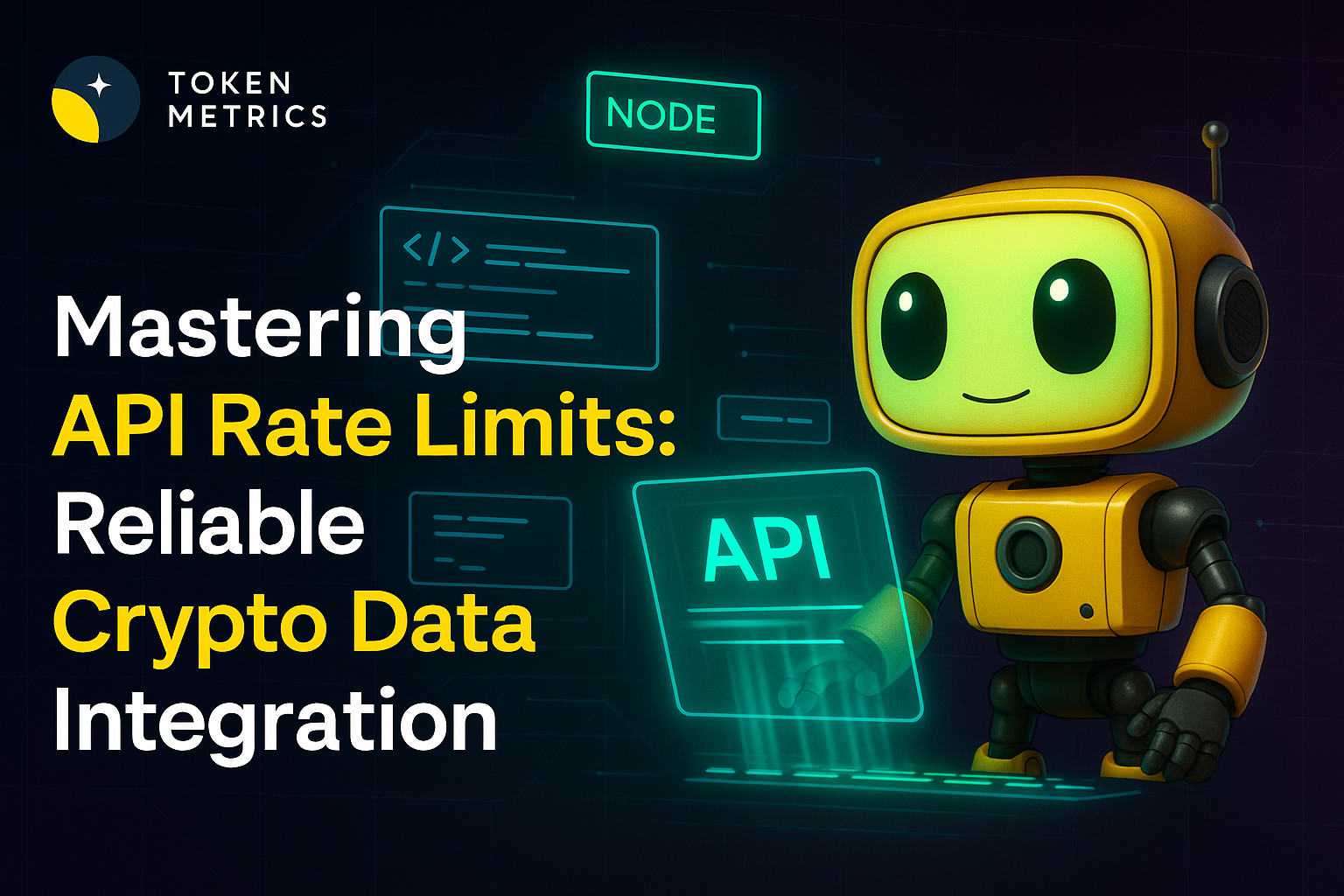
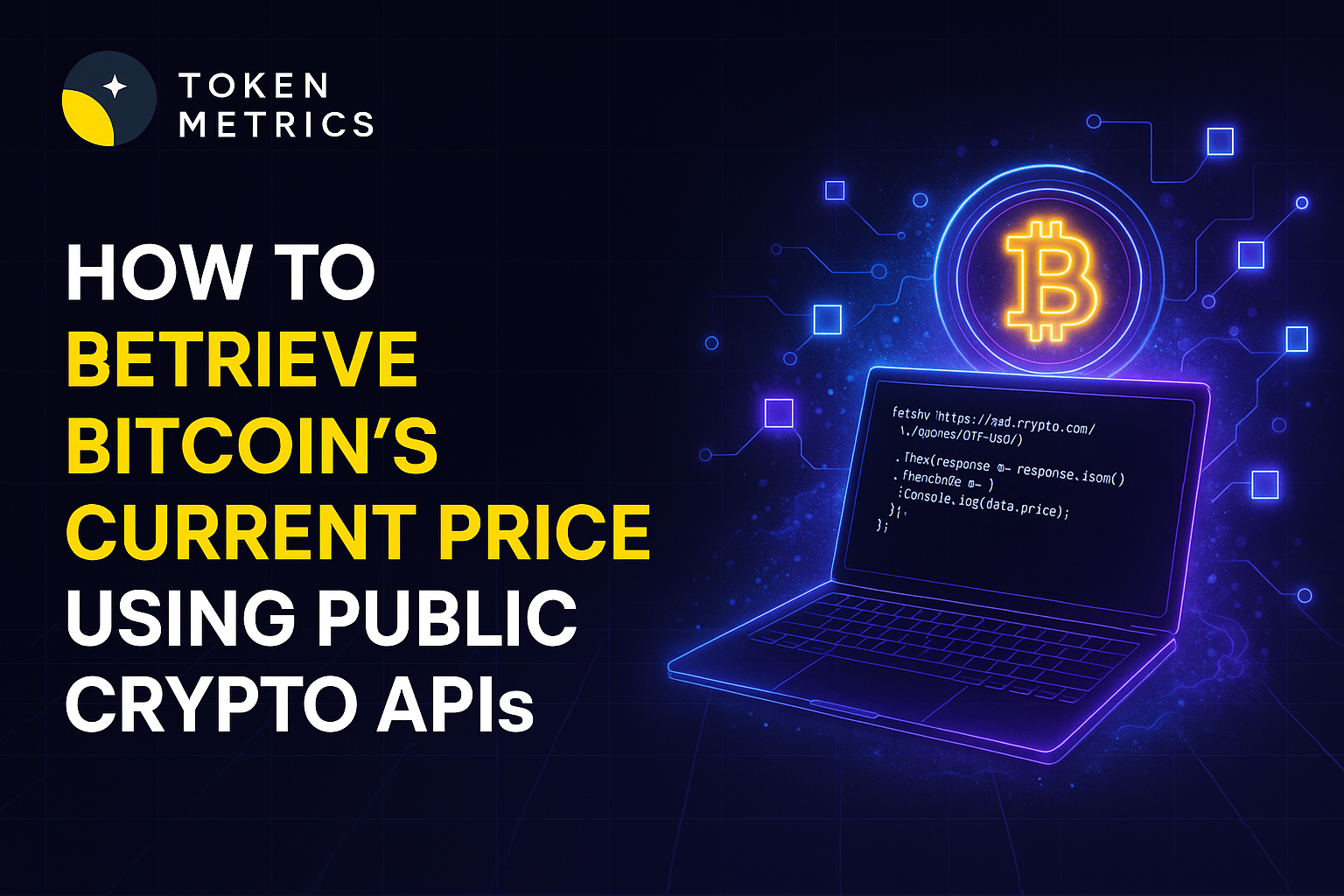
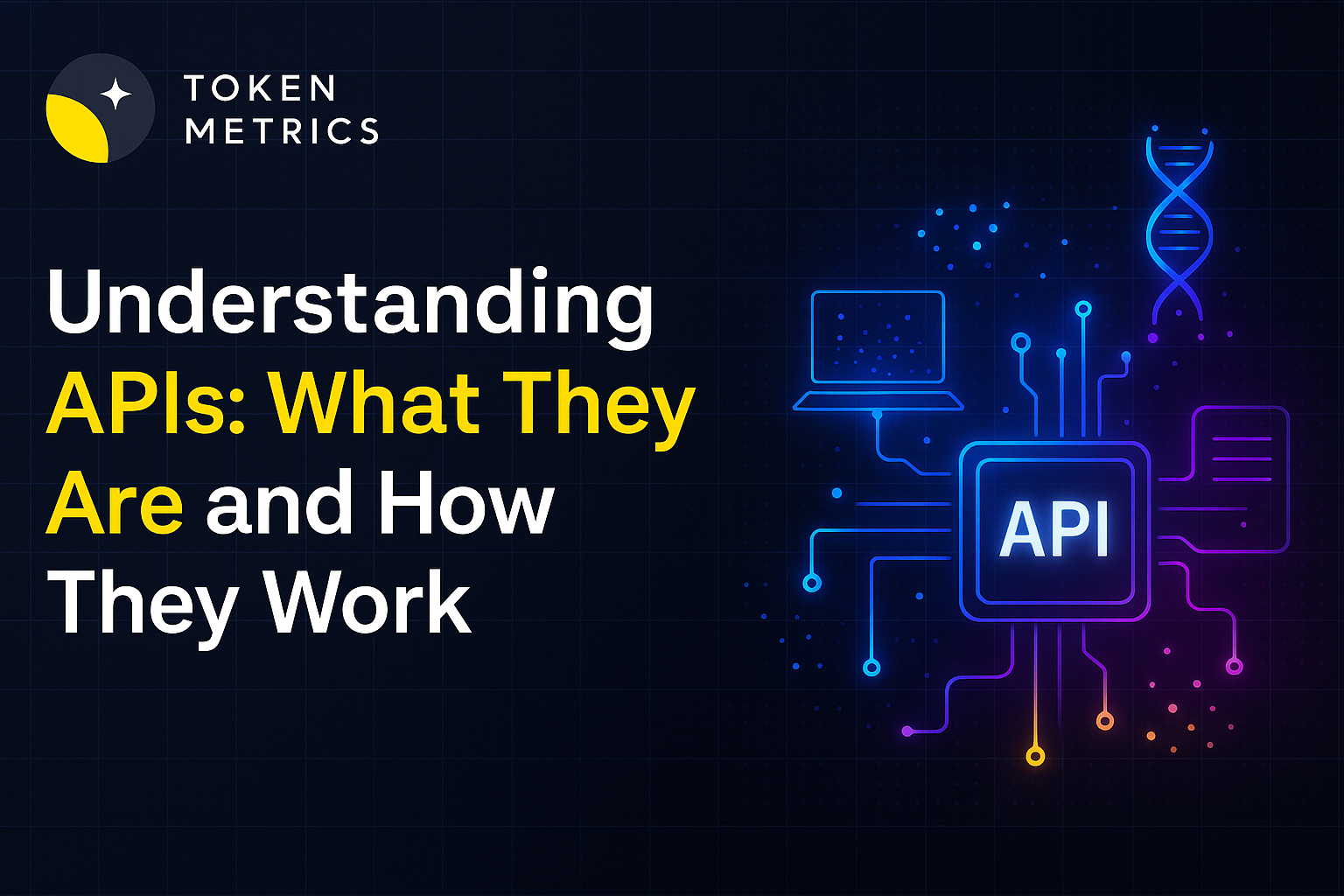

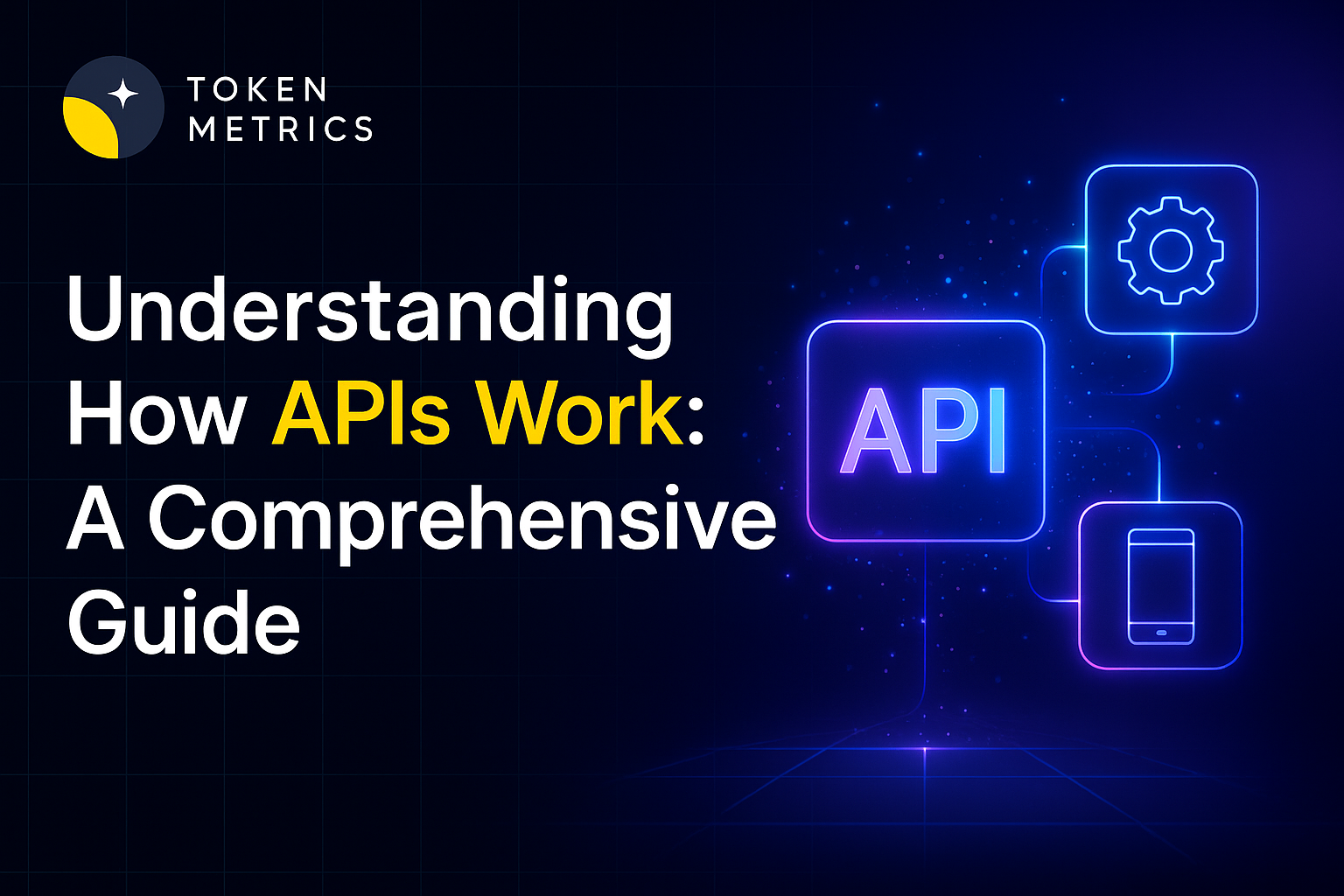
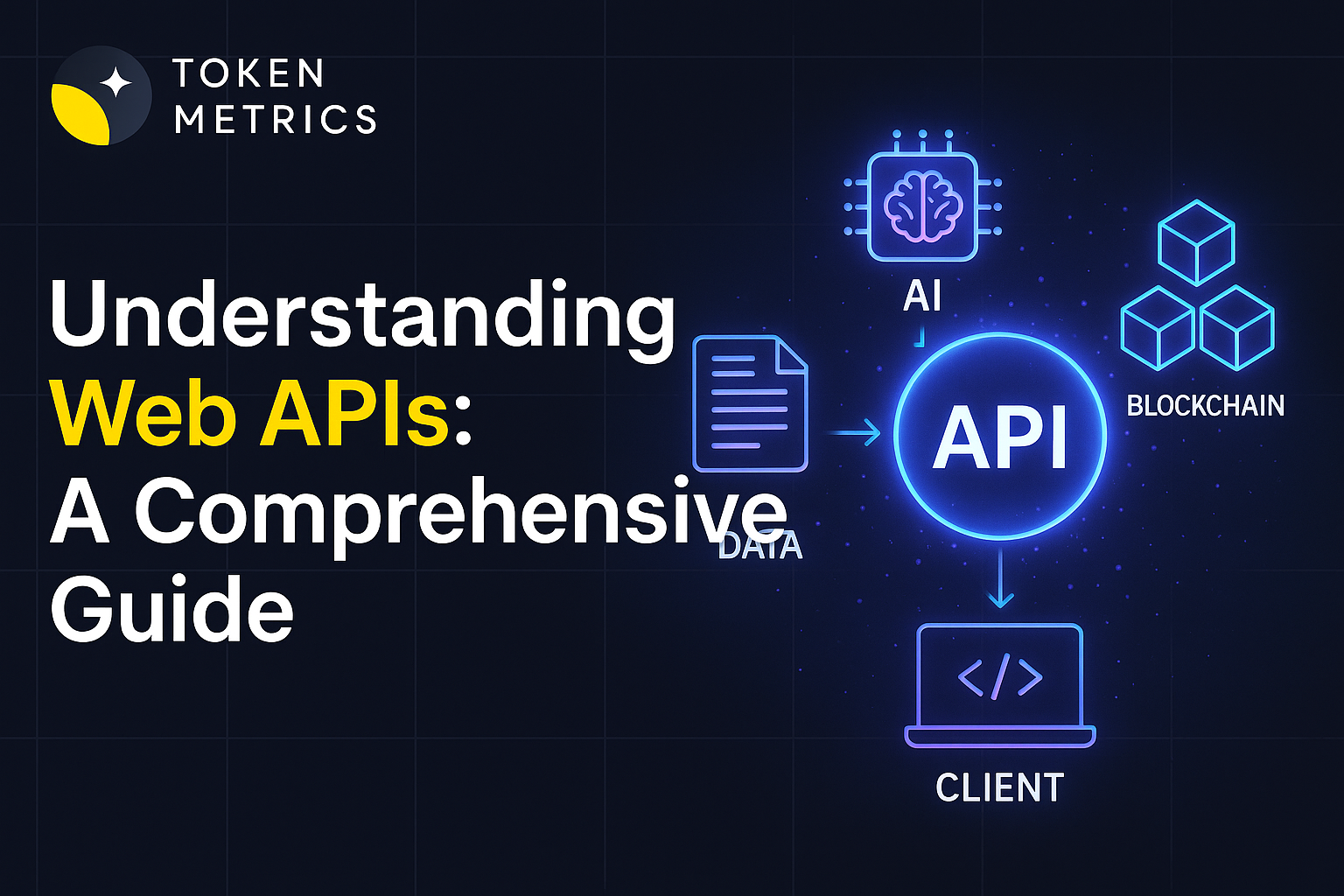

.svg)




.png)